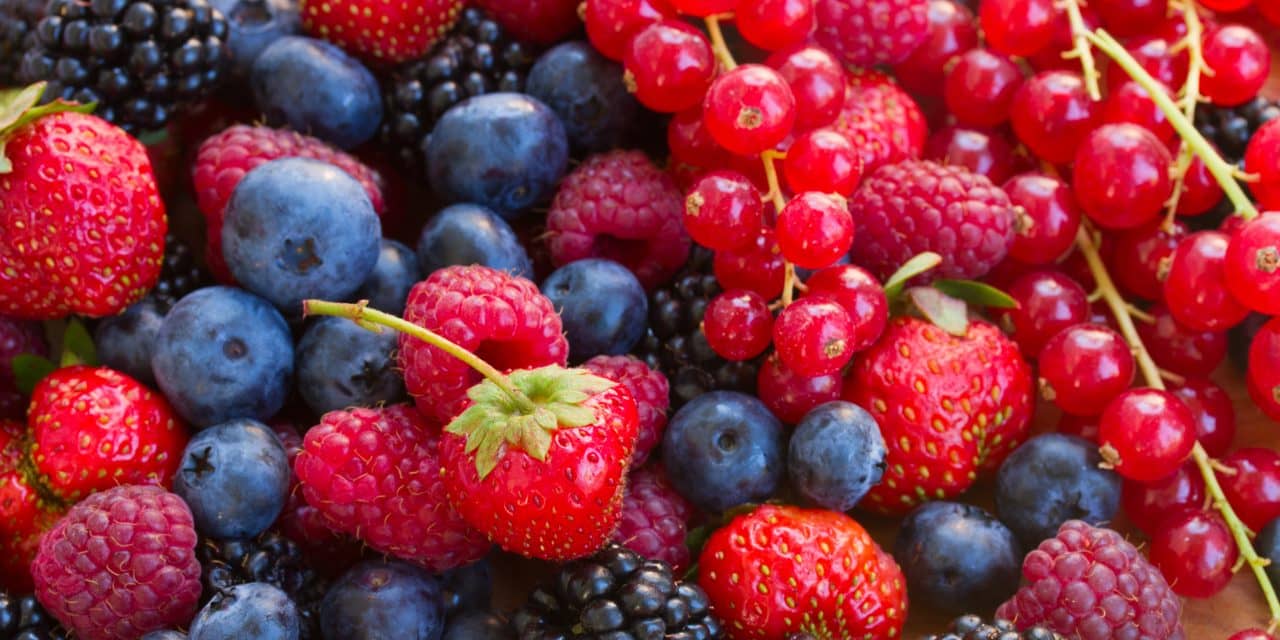What is a SLOW aging diet?
In this article we outline 7 slow aging diet foundations that can help you create and maintain healthy eating habits.
Do you eat on the run? Or only when you have a moment to spare? Do you eat when stressed, tired or grumpy? Did you actually notice what you were eating last time you ate?!
This is what is meant by “fast food”. It’s opposite is SLOW. Eating a SLOW aging diet is about taking the time to become engaged with your diet and your dietary choices as though they matter. The key to SLOW is to view your food as medicine. This means that what you put in your mouth should have healing properties.
Once you learn about the healing properties in your food, then you’ll be less likely to put toxic food into your system and old, bad habits will fall away.
This is a different approach to what we are used to and will take time. To adopt this way of eating is to park the idea of losing 5kg overnight at the door.
Learning about weight management and a healthy diet can be quite confusing. Every time we learn something new, there’s some expert telling us that the opposite is true. From a technical perspective, there are calories and composition. There are the fats and proteins, sugars and fiber. There are the vitamins, minerals and phytonutrients with all sorts of weird names.
So how do we arrive at a SLOW and healthy (aging) diet?
Slow aging diet foundations
Here’s 7 simple elements that you can implement into your eating habits and are the foundations of a SLOW aging diet.
Foundation 1: Fresh is best (unprocessed is better)
A healthy diet is generally one that results in us eating more fresh food. If we follow it, and stick to it, a diet high in fresh produce is always associated with a healthier and longer life. The general rule here is that if you don’t know what the ingredients are on the packet, then don’t eat it. You should question anything with a number and a chemical name!
Foundation 2: Energy-dense foods make us fatter, faster
In our bodies, excess calories are converted into fat. Limiting our energy intake has a range of effects that help slow aging, not least of which is avoiding becoming overweight.
In any successful diet, there must be a way to control calories while maintaining a nutritionally-rich intake of vitamins, minerals, antioxidants and other valuable elements. Use a calorie counter to prevent eating to excess and look at ways to ensure your metabolism burns fat optimally.
Foundation 3: Get rid of fast food
SLOW works for aging. It also works for digestion and metabolism. Fast food generally means fast calories and a fast track to energy excess and weight gain. Fast foods are over-processed, overcooked and poor in nutrients and fiber. One way to a slow diet is to remove fast foods.
Foundation 4: Phytochemicals follow the rainbow
All plant products – fruit, vegetables, nuts, grains, legumes and seeds – contain a number of chemicals (phytochemicals), some of which have been shown to have beneficial properties for health and aging.
Make sure you have lots of colorful vegetables with most meals. Most vegetables are low in calories and your plate should be filled with these rather than meat or white starchy things like pasta, rice or potatoes. In fact, many foods that are white are very high in carbohydrates and convert to sugar in your system. This puts pressure on your insulin response and leads to problems with your metabolism.
Foundation 5: Choose the right macronutrients
Not all fats are bad. Neither are they all good. The same can be said for carbohydrates and proteins. Just as important as diet composition is the need to choose the right kinds of fats, carbohydrates and proteins. Getting carried away with ‘I need 30% protein’ is less valuable than finding the right source of dietary protein for your needs.
Foundation 6: The right kind of food preparation is important
Some foods need to be cooked, such as meat, potatoes and red beans. Depending on the way food is cooked, there may be considerable loss of nutrients. The longer and hotter we cook food, by any method, the greater the nutrient loss.
Also we want to avoid generating advanced glycation end-products (AGEs) when we cook our foods. These are highly toxic and lead to accelerated aging in our bodies.
Foundation 7: Harness superfoods
Most foods contain useful nutrients that we use to build and renew. Yet all foods were not created equally. Some are in a class of their own when it comes to positive effects on health and aging.
The foods known as “superfoods” have lots of medicinal qualities, and we should incorporate these into our diets as much as possible.
Last reviewed 28/May/2017
Editor
Latest posts by Editor (see all)
- Oily fish and diabetes prevention - 04/06/20
- Manage the andropause - 11/12/17
- Testing testosterone levels - 07/12/17






